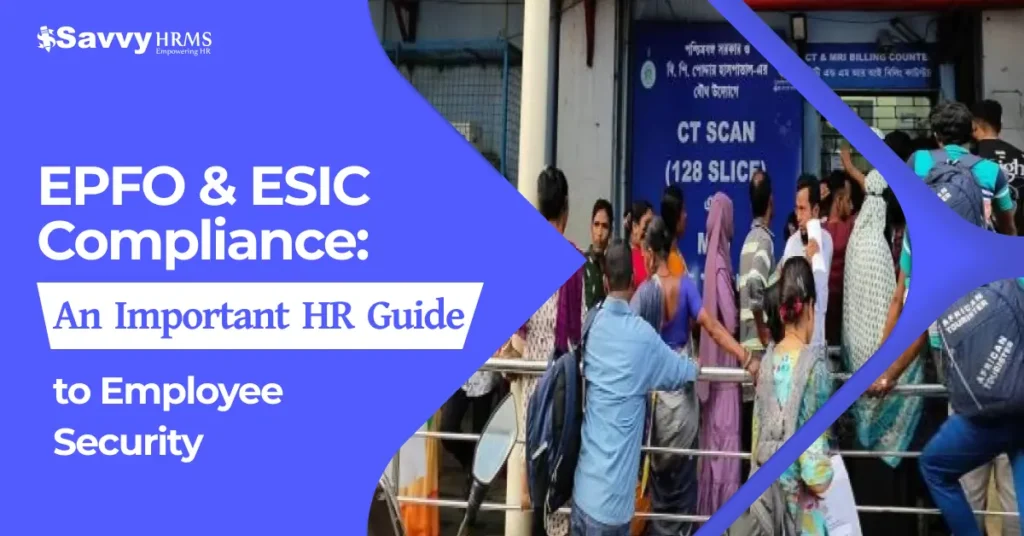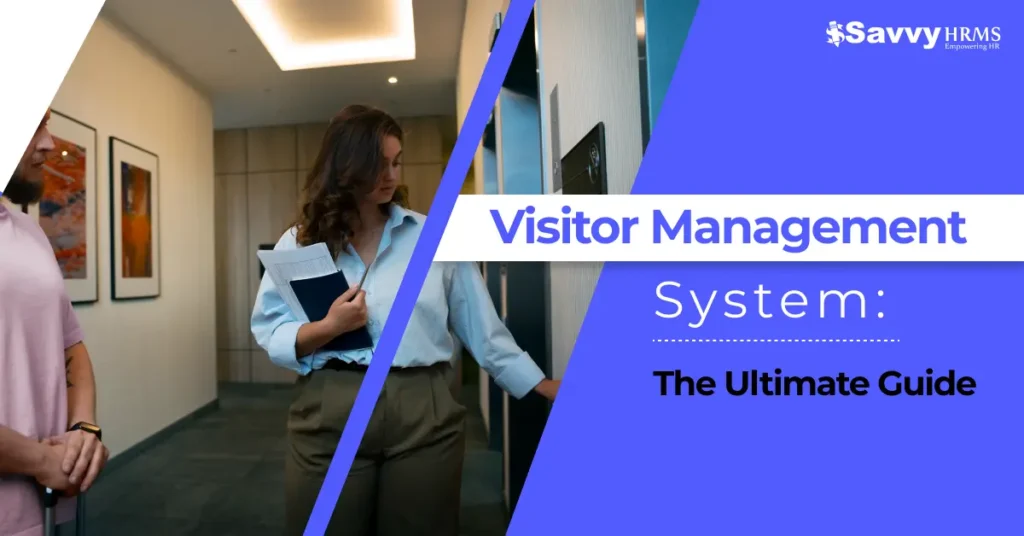Professional development is not a choice in the fast-changing workplace. It is mandated. By reskilling and keeping up with information about the industry, growth lets you compete. It does not simply benefit the employee; it is also a way to support long-term innovations by HR and organisations.
Let’s discover the meaning of professional development, how it functions, and why it is important as we move into 2024.
What is Professional Development?
Professional development is defined as a process that improves skills, knowledge, and experience so that someone can continue to grow in their career. It may include taking an online course, attending seminars, obtaining certifications, mentorship programs, or real-world training.
PD is important for each worker’s future success in their career, whether they are an entry-level employee or a senior manager.
Why is Professional Development Important?
Continuous learning is not only relevant but important now more than ever. Here are some reasons why:
- Increased employee engagement
- Higher performance appraisal scores
- Adapting to organizational changes
- Better employee retention
- Improved leadership development
Additionally, more forward-thinking businesses that invest in these growth programs are likely to outperform businesses that don’t.
Types of Professional Development Activities
There are a number of avenues available to you, perhaps the most common are:
- Online learning platforms
- Internal HR training programs
- Industry certifications
- Webinars or conferences
- Mentorship or coaching sessions
- Learning new HR technology, like Savvy HRMS
Every option adds a different level of value, and you should pick the option that is most aligned with your needs and goals in your role.
How HR Can Support Professional Development
An organization’s human resource team is important in creating a culture that fosters learning.
- They can build training requirements into the HRM payroll system.
- They can track learning in HRMS programs like Savvy HRMS easily.
- They can help ensure that your development meets the company’s strategy.
- They can reward you for developing skills or possibly recognize for training progress.
- They can ensure equality in learning and training opportunities for all employees.
Employees grow, and therefore, organizations grow!
Conclusion
In conclusion, professional development is not a phase; it is a requirement. In the modern-day workplace, if you stand still, you will fall behind. The good news is that, with the right tools, support, and motivation, there is always an opportunity for growth at any stage of your career. So, please make the commitment to invest in learning today, regardless of your level of role in HR or any other profession.
FAQs
Q1: What does professional development set out to achieve?
It sets out to enhance your skill set and prepare your employees for future endeavors.
Q2: How does HR measure development?
The use of digital tools like Savvy HRMS, which tracks different forms of learning and certifications.
Q3: Is it only for managers?
No, it is for all employees in an organization. Regardless of whether they are managers or not, and vertically or horizontally.
Q4: When do I have to update the training?
You should plan to update/refresh training every 6–12 months if possible. It is completely role and industry dependent.
Q5: Can small organizations do professional development?
Yes, small organizations provide professional development opportunities! Many low-cost resources, tools, workshops, and even free learning and development opportunities.



